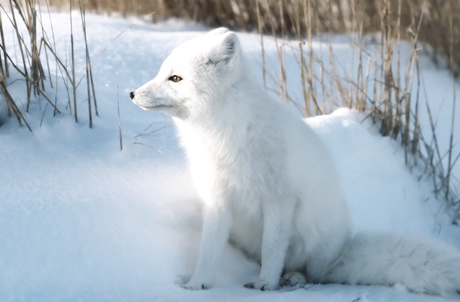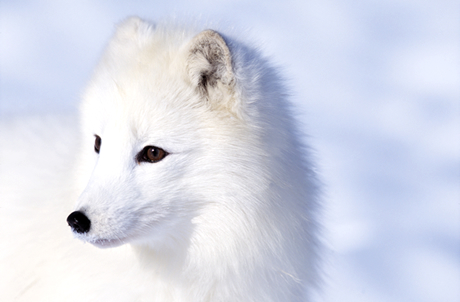Join our hands to conserve nature!
Alopex lagopus
Polar Fox
Head and body: 46-68 cm
Tail: up to 35 cm
3-8 kg
Arctic tundra in countries such as Canada, Greenland and Finland

Alopex lagopus
Head and body: 46-68 cm
Tail: up to 35 cm
3-8 kg


Arctic foxes have been hunted for their fur. Fur farms also breed these animals in captivity. Since the captive population is bred for specific characteristics, any escaped individuals may affect the genes of the wild population.